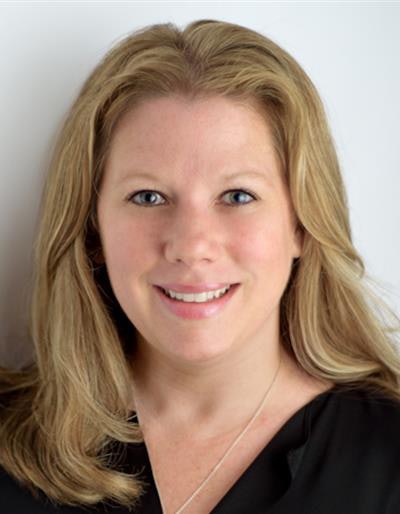
The latest legislation designed to assist businesses during the COVID-19 public health emergency is the Paycheck Protection Program and Health Care Enhancement Act, signed into law on April 24, 2020.
The law provides $484 billion to supplement the programs initiated under the Coronavirus Aid, Relief, and Economic Security Act (CARES) Act, including $310 billion of additional funding for the Paycheck Protection Program (PPP) loans administered by the Small Business Administration (SBA). There also have been revisions to the Medicare Accelerated and Advance Payment Program and expansions of the Department of Health and Human Services (HHS) "Lost Revenue/Increased Cost" grants.
 Rebecca Farrington from Healthcare Administrative Partners.
Rebecca Farrington from Healthcare Administrative Partners.Practices that had PPP applications already pending with their bank will now be able to receive funding that had run out under the initial appropriation, and new applications are also being accepted. A portion of the new funding is reserved for applicants that have existing relationships with smaller banks, credit unions, or community-based lenders.
As we noted in our recent article, there are many questions and apparent inconsistencies related to the loan forgiveness aspect of the PPP. A helpful source of information is the frequently asked questions document that is maintained by the SBA. It is constantly being updated, and anyone either applying for or having received a loan under the PPP should refer to it often.
The Medicare Accelerated and Advance Payment Program (AAPP) closed off new applications as of April 26, and all pending applications will be evaluated as part of other programs within the CARES Act, the Paycheck Protection Program, and the Health Care Enhancement Act. The AAPP had initially been expanded in response to the COVID-19 emergency with advances equivalent to 90 days of Medicare reimbursement that would be recovered by offset against future claims. According to the AAPP fact sheet, funds distributed through the Provider Relief Fund will replace the availability of Medicare advances. Funds already received by practices will be recouped by Medicare under the original terms beginning 120 days after the advance was made.
The $100 billion Provider Relief Fund under the CARES Act is being distributed in phases. The initial distribution was $30 billion that was either deposited directly into the bank accounts of practices or sent by check in an amount based on the level of Medicare reimbursement to the practice in 2019. No application was necessary, although acknowledgement of receiving the funds and agreement with the terms and conditions is required.
The next $70 billion is being distributed to various healthcare segments, including $20 billion to providers based on practice-specific revenue and cost information, by application. The HHS frequently asked questions page provides the following direction:
Medicare providers who have already received a payment from the Provider Relief Fund are now eligible to apply for additional funds by submitting data about their annual revenues and estimated COVID-related losses via the Provider Relief Fund Application Portal. Providers who have NOT yet received any payment from the Provider Relief Fund should NOT use the General Distribution Portal. However, providers who have NOT yet received any payments from the Provider Relief Fund may still receive funds in other distributions.
The data required for this application includes the following:
- The provider's "Gross Receipts or Sales" or "Program Service Revenue" as submitted on its federal income tax return
- The provider's estimated revenue losses in March 2020 and April 2020 due to COVID
- A copy of the provider's most recently filed federal income tax return
- A listing of the TINs any of the provider's subsidiary organizations that have received relief funds but that DO NOT file separate tax returns
Finally, the Paycheck Protection Program and Health Care Enhancement Act added $60 billion to the SBA's Economic Injury Disaster Loan (EIDL) Program. This is a traditional SBA disaster loan program that has been in place for natural disasters such as storms but was expanded to cover the effects of the COVID-19 pandemic. Loans are available up to $2 million, of which the first $10,000 becomes a grant that would not have to be repaid. $10 billion of the new $60 billion has been earmarked for such grants. Application processing was suspended on April 15 as the initial funds ran out, but any pending applications will be processed on a first-come, first-served basis now that funding has been expanded. New applications are not being accepted other than from agricultural businesses. Practices that received a loan under the Paycheck Protection Program (PPP) are not eligible for EIDL funds, and vice versa.
We expect that additional funding and revisions to these programs will be forthcoming and we will report these as they occur.
Rebecca Farrington serves as the chief revenue officer for Healthcare Administrative Partners. She has more than 20 years of experience in healthcare sales and management roles, focusing on hospital-based and physician revenue cycle management.
The comments and observations expressed are those of the author and do not necessarily reflect the opinions of AuntMinnie.com.



















